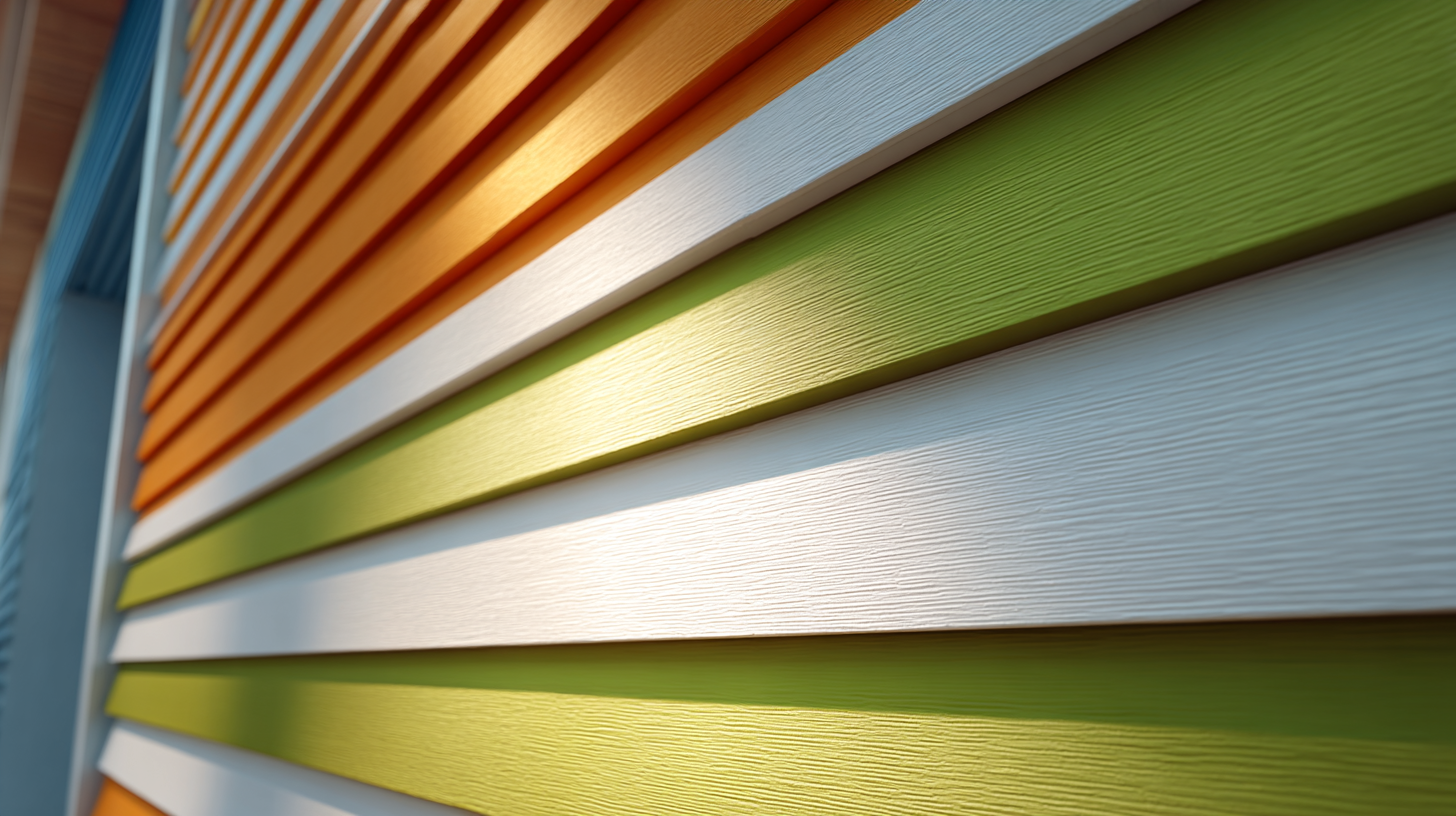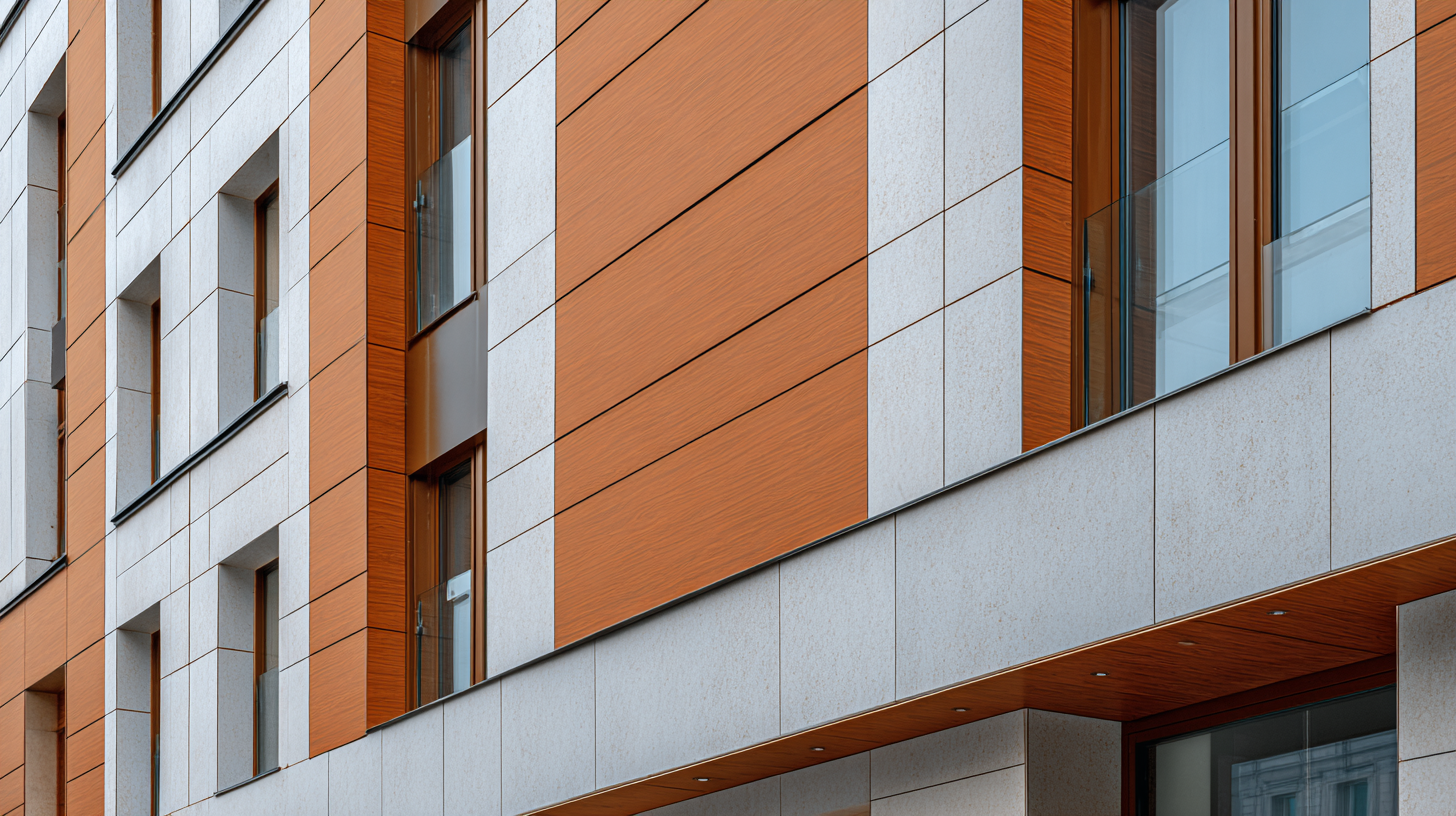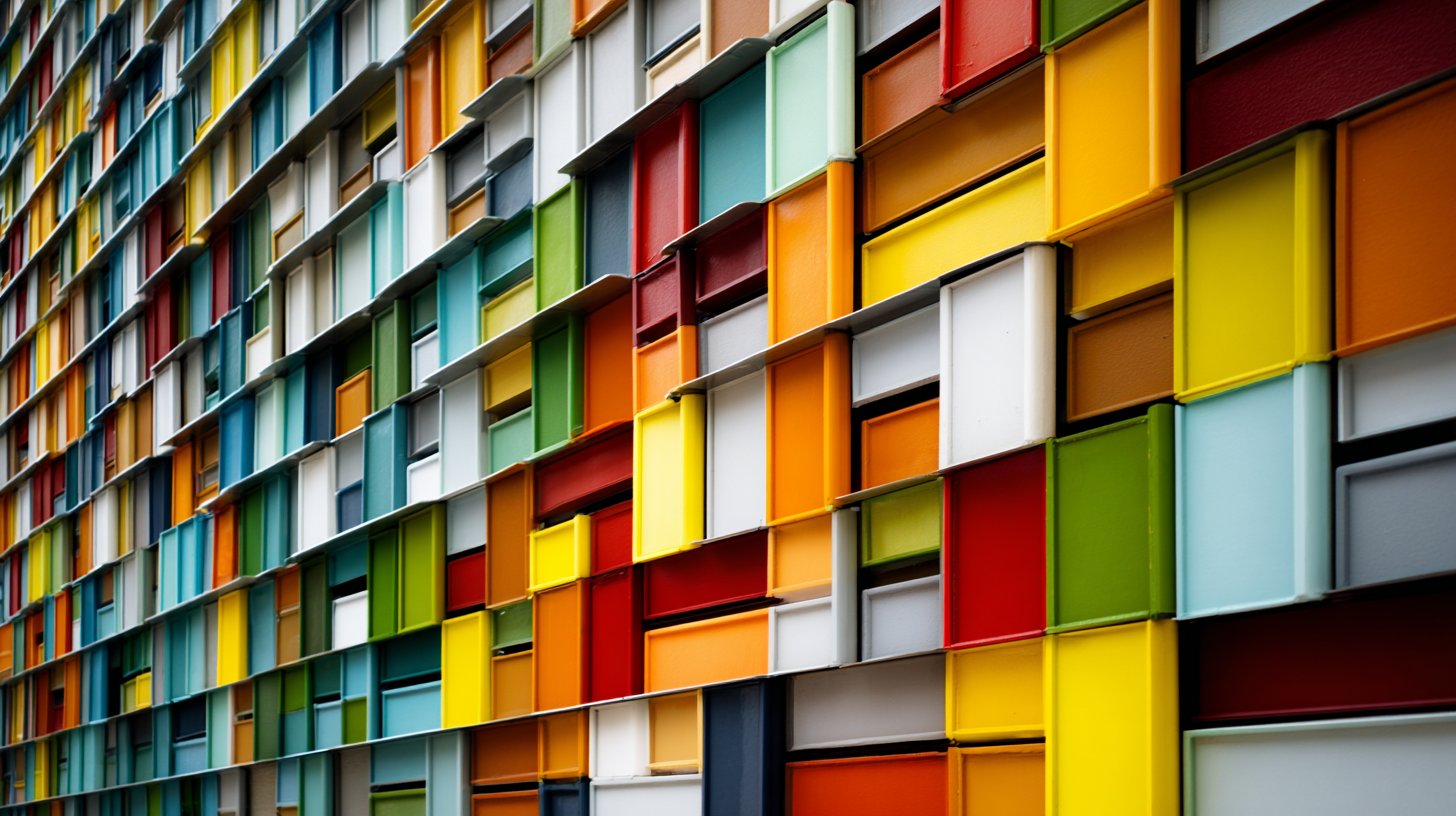Leave Your Message
-
Facebook
-
Whatsapp
-
Whatsapp


As we look ahead to 2025, the world of interior and exterior design is poised for transformation, and at the forefront of this evolution is Plastic Wall Cladding. This innovative material is not only versatile and aesthetically pleasing but also offers a range of sustainable alternatives that cater to the diverse needs of global buyers. The trends surrounding Plastic Wall Cladding are reflective of a growing demand for eco-friendly building solutions, high durability, and low maintenance requirements. In this blog, we will explore the latest advancements and alternatives in Plastic Wall Cladding, highlighting how these developments can enhance spaces while adhering to sustainability principles. Whether you are a builder, designer, or homeowner, understanding these trends will empower you to make informed choices that align with contemporary design sensibilities and environmental responsibility.

As we approach 2025, the plastic wall cladding market is evolving rapidly, driven by innovations in materials and technology. Buyers looking to stay ahead of the curve should familiarize themselves with the key materials that are shaping the industry. Thermoplastic materials like PVC and polycarbonate are gaining traction due to their durability, moisture resistance, and ease of maintenance. These materials not only offer longevity but also come in various textures and colors, allowing for customizable designs that can enhance any space.
Additionally, the technical specifications of these plastic wall cladding options are crucial for informed purchasing decisions. Factors such as fire ratings, UV resistance, and impact strength are essential considerations. For example, high-performance PVC cladding often comes with enhanced fire resistance ratings, making it suitable for residential and commercial buildings alike. Furthermore, emerging eco-friendly alternatives, such as recycled materials and bioplastics, are becoming more prominent, appealing to sustainability-conscious buyers. Understanding these materials and their specifications will empower global buyers to make choices that align with both aesthetics and functionality in their wall cladding projects.

As we look forward to 2025, the plastic wall cladding market is set to undergo significant transformations, driven by innovative design trends that are reshaping the industry. According to a recent report from MarketsandMarkets, the global plastic wall cladding market is expected to reach USD 8.2 billion by 2026, growing at a CAGR of 7.6% during the forecast period. This surge can be attributed to advancements in material technology and an increasing demand for sustainable building solutions. Manufacturers are now focusing on creating aesthetically versatile and environmentally friendly products, making plastic wall cladding a preferred choice for modern architects and designers.
One standout trend is the integration of digital printing technology, allowing for customized, eye-catching patterns and textures that mimic traditional materials like wood or stone. Research by Technavio highlights that the demand for decorative wall cladding options is rising as consumers seek personalized spaces. Additionally, the push towards sustainability is leading to an increased use of recycled plastics in wall cladding products, aligning with global green building initiatives. This shift not only reduces the carbon footprint of construction projects but also appeals to eco-conscious buyers, creating a competitive edge in the market. As we approach 2025, global buyers must stay informed about these innovative trends to make savvy purchasing decisions that reflect current demands and future sustainability goals.
| Trend | Description | Material Type | Color Options | Application Area |
|---|---|---|---|---|
| Textured Finishes | Enhanced tactile experience and aesthetic appeal. | PVC, HDPE | Natural tones, Bold colors | Residential, Commercial |
| Eco-Friendly Materials | Sustainable options made from recycled materials. | Recycled PVC | Earthy colors, Pastels | Eco-friendly buildings, Schools |
| 3D Designs | Creates depth and visual interest in spaces. | Polypropylene, PVC | Vibrant and muted shades | Interior walls, Accent walls |
| Minimalist Aesthetics | Simple lines and finishes for a clean look. | PVC | White, Gray, Black | Modern homes, Offices |
| Biophilic Design | Incorporates natural elements into the design. | Wood-patterned PVC | Wood, Greenery colors | Public spaces, Homes |
Sustainability is taking center stage in the plastic wall cladding industry as we approach 2025. Eco-friendly options are emerging, focusing not only on materials but also on the broader impact these choices have on our environment and society. As buyers, it's essential to look for cladding solutions that incorporate biodegradable elements or materials derived from organic sources. This shift is crucial as it aligns with the growing demand for sustainability in every aspect of our lives, from food packaging to cleaning products.
When exploring eco-friendly plastic wall cladding, consider these tips: First, look for options made from waste-based bioplastics, which offer impressive performance in acoustic and thermal efficiency while reducing environmental impact. Second, seek out manufacturers that prioritize sustainable practices in their production processes. This not only ensures that you are purchasing a greener product but also supports the larger movement towards responsible manufacturing.
Additionally, innovative materials like fungi-based panels and algae bricks are gaining traction. These cutting-edge solutions promise to revolutionize construction, offering unique aesthetic and functional benefits while minimizing harmful environmental impacts. Embracing these trends will not only enhance your projects but also contribute positively to the planet.
When selecting the ideal plastic wall cladding, buyers must consider both performance and aesthetics to ensure long-lasting satisfaction. The material's durability is key; look for options that offer resistance to moisture, UV damage, and impact. High-performance cladding materials not only enhance the longevity of structures but also reduce maintenance costs over time. Additionally, understanding the thermal and acoustic insulation properties can add significant value to your choice, ensuring comfort in residential or commercial spaces.
Aesthetically, plastic wall cladding has evolved dramatically, presenting a myriad of colors, textures, and finishes. It's essential to find a design that complements the overall architecture while reflecting personal or brand identity. Whether you prefer a sleek, modern look or something more traditional, there are options available that can simulate natural materials like wood or stone. As sustainability becomes increasingly important, many brands are now offering eco-friendly cladding solutions that align with contemporary values, allowing you to make choices that are both visually appealing and responsible.
This chart illustrates the levels of customer interest in various attributes of plastic wall cladding for the year 2025. The data reflects considerations important for global buyers, including durability, aesthetic variety, cost-effectiveness, eco-friendliness, maintenance, and installation ease.
As we approach 2025, the landscape of plastic wall cladding is evolving rapidly, driven by innovative manufacturing techniques and a growing emphasis on sustainability. Key trends to watch include the integration of advanced materials that enhance durability while maintaining a lightweight profile. Emerging technologies, such as 3D printing and additive manufacturing, are playing a pivotal role in allowing for more intricate designs and faster production times, catering to the increasing demand for customized solutions in both commercial and residential applications.

China is positioning itself at the forefront of this innovation wave, leveraging its strengthened innovation capabilities in universities and domestic firms. The focus on eco-friendliness and the circular economy propels manufacturers to adopt sustainable practices and materials, reducing waste throughout their production processes. As global buyers seek out forward-thinking solutions, the interplay of these manufacturing techniques will not only influence the aesthetics but also the overall performance and lifecycle of plastic wall cladding products in the coming years.
